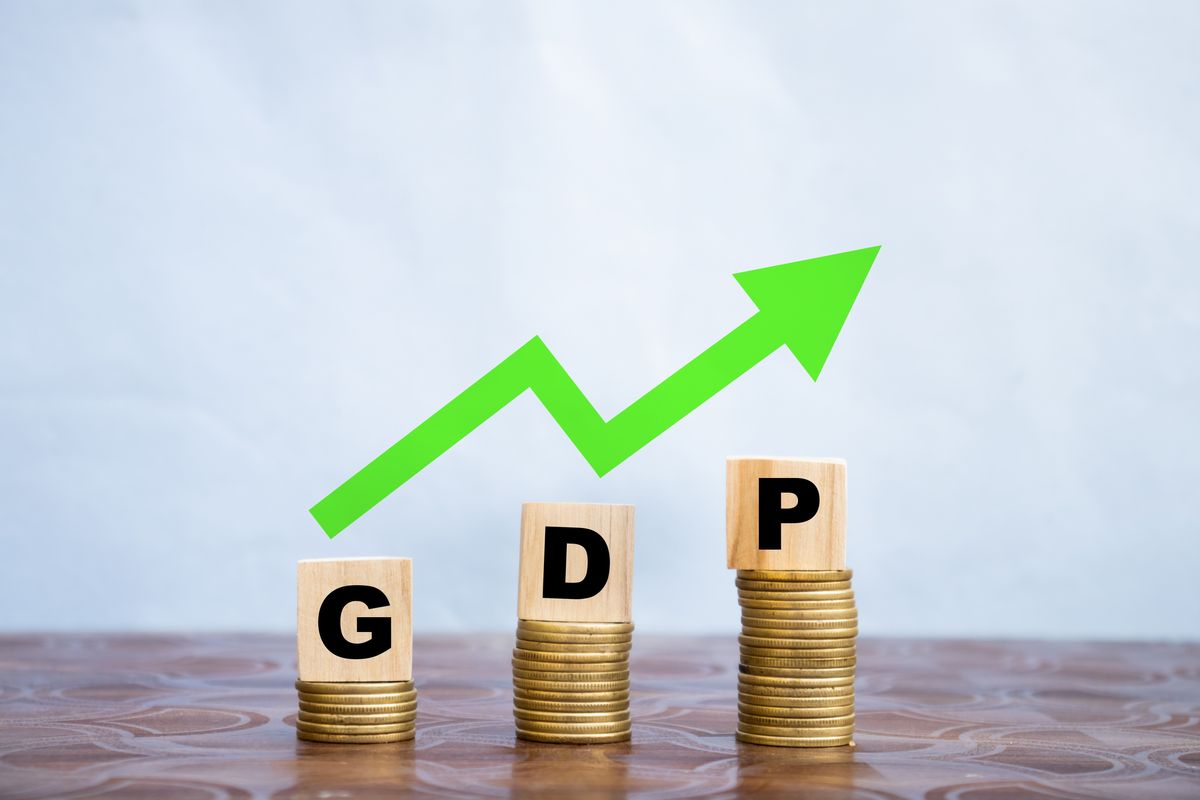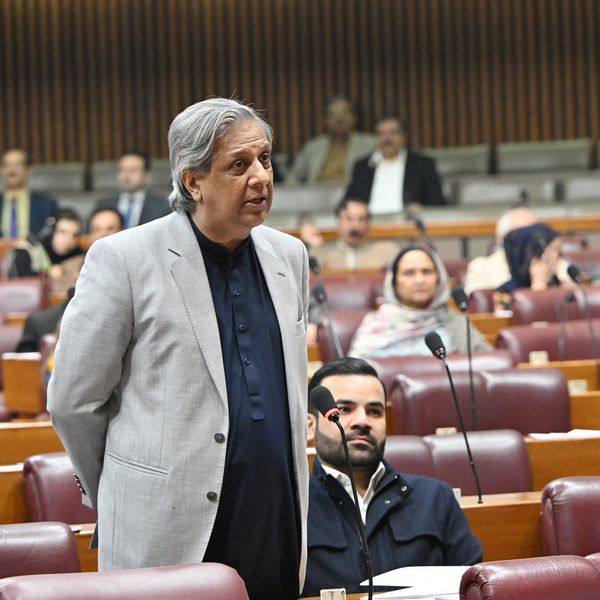Pakistan ups growth forecast to 4.2% amid signs of economic recovery
Finance Ministry cites policy reforms, low inflation, and strong external balances, but warns floods could threaten agriculture gains

Haris Zamir
Business Editor
Experience of almost 33 years where started the journey of financial journalism from Business Recorder in 1992. From 2006 onwards attached with Television Media worked at Sun Tv, Dawn Tv, Geo Tv and Dunya Tv. During the period also worked as a stringer for Bloomberg for seven years and Dow Jones for five years. Also wrote articles for several highly acclaimed periodicals like the Newsline, Pakistan Gulf Economist and Money Matters (The News publications)

Despite the threat of ongoing floods affecting standing crops, Pakistan’s economy is projected to grow by 4.2% in the current fiscal year, surpassing the earlier estimate of 3.5% made during the federal budget announcement. The Ministry of Finance revealed the revised forecast in its Monthly Economic Update, released Monday.
The report signals a cautiously optimistic outlook, driven by a combination of policy reforms, fiscal consolidation, and improved investor confidence. It forecasts inflation to remain within the range of 3.5% to 4.5%, comfortably below the 5% mark, despite risks posed by recent heavy rains that could disrupt agricultural yields and supply chains.
The ministry noted that FY2026 begins with a renewed focus on sustainable and inclusive growth, underpinned by key reforms in revenue mobilization, agriculture and industrial modernization, human capital development, and a better business climate. Emphasis is also being placed on social protection and climate resilience, aligning near-term economic efforts with long-term development goals.
The report stated that large-scale manufacturing (LSM) is expected to maintain momentum into mid-2025, supported by increased private sector credit and growing production activity. This rebound is projected to bolster imports of raw materials and enhance exports of value-added goods.
Strengthening domestic demand, a stable exchange rate, steady global commodity prices, and improved foreign demand are likely to support the external sector. The ministry expects growth in exports, remittances, and imports in July 2025, contributing to broader economic stability.
The update follows a strong close to FY2025, during which the economy recorded 2.68% growth, and inflation fell sharply to 4.5%. Improved macroeconomic management, currency stability, and a reduced policy rate helped drive these gains.
Notably, the current account registered a $2.1 billion surplus, the first annual surplus in 14 years and the largest in 22 years. This reflects stronger exports, higher remittances, and rising foreign reserves. The fiscal deficit was contained at 3.1% of GDP (July–May FY2025), pointing to improved resource management and fiscal discipline.
In the agriculture sector, credit disbursement increased by 16.6%, reaching PKR 2,300.4 billion in July-May FY2025. Imports of agricultural machinery rose 20% to $109.6 million, indicating renewed investment in farm productivity. Urea offtake during the Kharif 2025 season rose by 3.4%, while DAP (Di-Ammonium Phosphate) offtake surged by 20.1%. These trends reflect higher market demand, aided by improved availability of fertilizers, seeds, and mechanization support.
After stagnating at 0.6% growth last year, the agriculture sector is now expected to rebound in FY2026, supported by government interventions aimed at ensuring timely input delivery and boosting farm productivity.










Comments
See what people are discussing